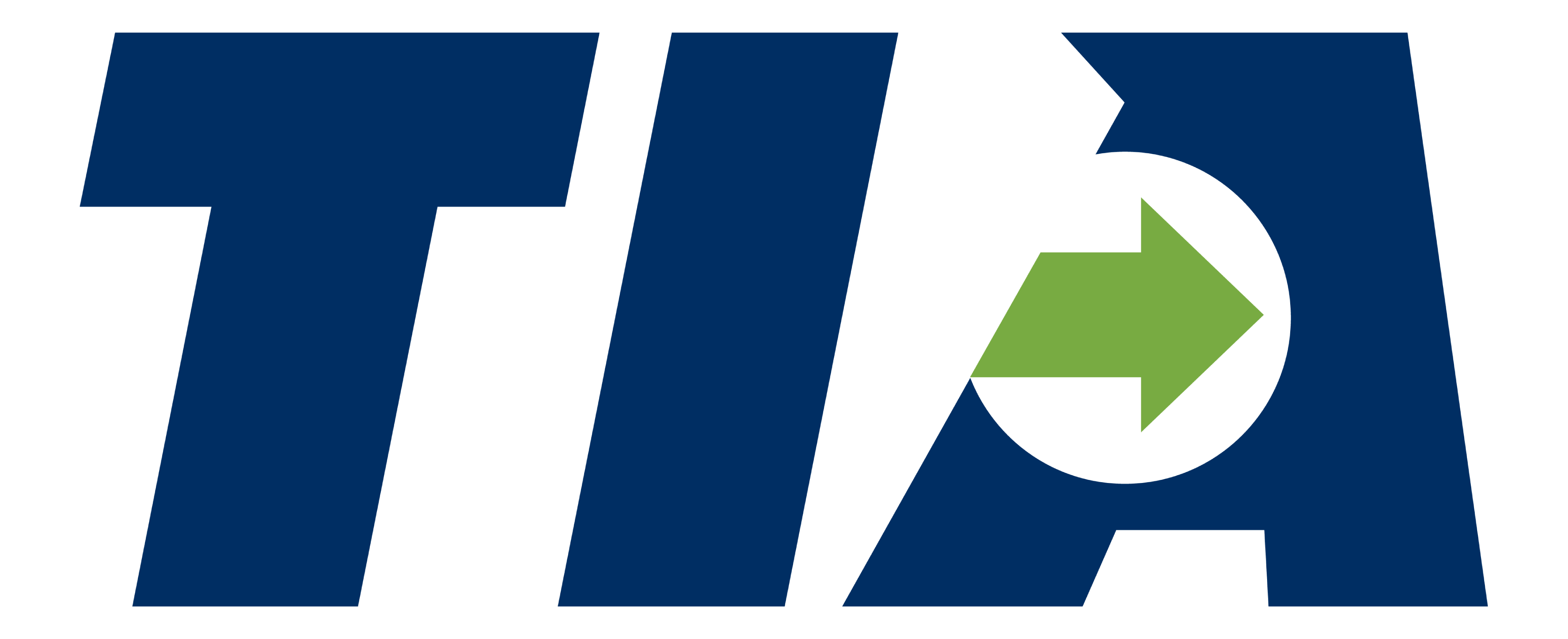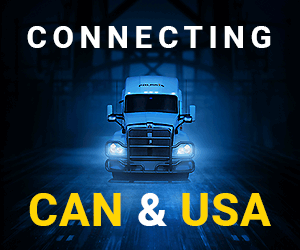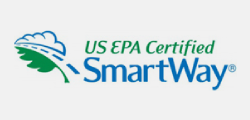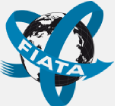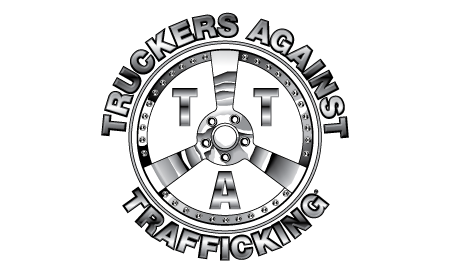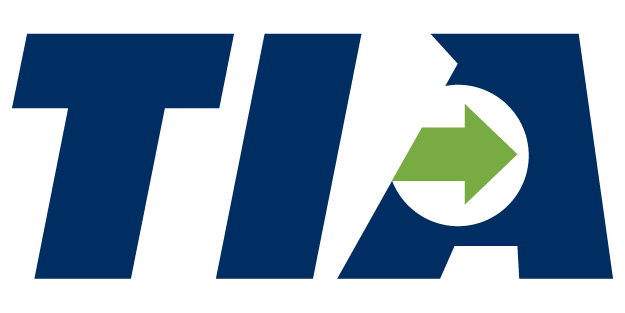The Transportation Intermediaries Association (TIA) is comprised of several Conferences and Committees which help guide external positions while shaping internal policies. One area in which TIA sees as a major area of growth is the Airfreight Logistics Conference. This is quickly becoming a popular Conference, not only for members who are already in that field but TIA members that want to expand their current operation and enter into a new mode of moving freight.
The Airfreight Logistics industry is an exciting segment of the third-party logistics industry, with great potential growth areas for 3PLs to facilitate the transportation of airfreight. The Conference will look to broaden its influence and knowledge of Airfreight logistics by engaging our members with great speakers and a program which adds value to our member companies.
While the details remain in negotiations, I am excited to announce that on our next quarterly call we will have a speaker from Transportation Security Administration (TSA) Indirect Air Carrier Program (IAC) to provide a current overview of the industry from a regulatory perspective and how this will change in the future. Additionally, we will engage with the speaker with questions on the future on air cargo and screening programs. The call will be open to non-conference members, this means that members of TIA that are not yet apart of this Conference will have the ability to join and be part of this important meeting.
The IAC is just one of the many associated programs at TSA, including:
- 100 Percent Screening Requirement;
- Air Cargo Screening Technology List;
- All Cargo Aviation Programs;
- Consent to Search or Inspection;
- Certified Cargo Screening Program; and
- Known Shipper Management System.
As part of the strategic plan for TIA over the next years, TIA will look to increase its role in the international logistics arena, by not only being the U.S. Member of FIATA, but serving as one of the voices to provide industry stakeholders and the general public with the necessary information and resources. As always, we look forward to hearing from our members on how TIA can provide more value for your company.
